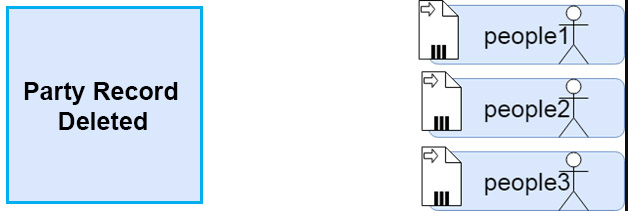Contact management
* It provides easier contact management by giving access to critical data of the customers and interaction history.
* It gives complete customer details including insights and engage-enhancement strategies. Social data of the customers can be used for a deeper understanding of their particular behavior regarding any product or service.
Opportunity management
* Salesforce provides an opportunity to view the activity timeline of your customers. It represents different stages of a particular deal which helps you to decide your next move.
* You can see critical details of the activity timeline in addition to the business competitors. The readymade templates ensure hassle-free emailing to the clients.
Quote management
* Quote management of the products will have tracking of the products, which are part of your deal and it includes the standard price, product code, quantity, and quoted price. Also, you can establish quantity along with revenue schedule and it reflects the delivery terms and payment.
* Salesforce CRM app is having a built-in quoting mechanism that automatically quotes client data. It also creates an approved template PDF and sends it directly to the customer as an email.
Lead management
* Lead management is featured with an affluent activity timeline. It provides an access to up-to-date contacts on the timeline. Also, it makes use of the sales paths to understand the related documents.
* CRM app functions as a fast lead converter machine, which informs you about the original source of the leads. Automatic emailing boosts your revenue-generating mechanism.
Sales data
* Using Salesforce CRM you can get the right sales data at the right time. It provides a faster connection with key decision-makers.
* You can easily plan territories. It can be used for increasing sales and marketing productivity with the latest and most accurate data.
Mobility
* The Salesforce mobile app turns your mobile device into a portable sales office by allowing the users to access CRM data at any time and from anywhere.
You can log calls, work opportunities, check dashboards, respond to hot leads, etc.
Workflow and approvals
* It allows to use of visual workflow to rapidly design and automate any of the business processes with drag and drop simplicity. And you can successfully manage flexible approvals processes for deal discounts, expenses, and more.
File sync and share
* It’s easier to share files, discuss them, publish the best and track your content in real-time by using Salesforce.
* You can quickly find what you are looking for, share it securely, and also subscribe to receive alerts when something changes.
Dynamic dashboards and custom reports
* Dashboards offer a real-time picture of how your business is performing in the market. Users can recognize market trends, calculate the activities and clear up the quantities. You can build your own dashboard by using drag and drop icons in Salesforce CRM.
* It allows creating your own customized sales forecasting report with Salesforce CRM. By using a simple drag and drop feature, users are able to adjust the fields and view data with filters. Charts provide real-time data to give you the latest insight.
Sales forecasting
* It tracks the journey of the leads in the pipeline to look into whether they are reaching their destination i.e. deals or not. It gives brilliant forecasting on sales upon analyzing the same. You can apply your right judgment to the forecasted amount and according to that, you can plan your strategies.
* You can make use of in-line editing, multicurrency support, override visibility, etc. to stay on top of your business.
* It gives the right credit to the right person and permits them to see the forecast as per overlays.
